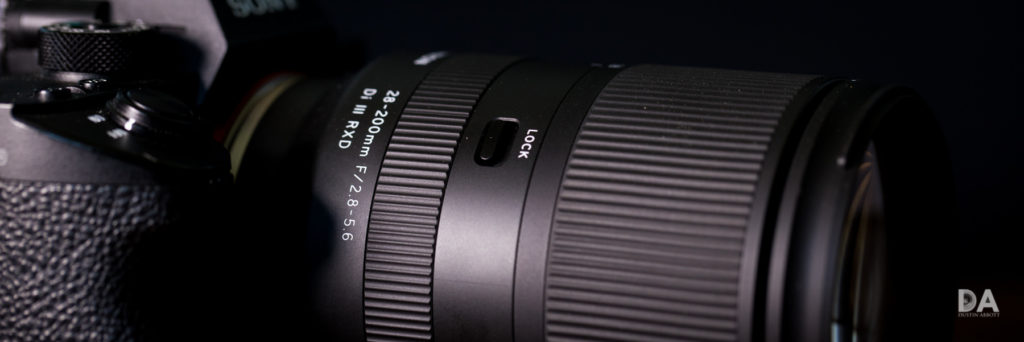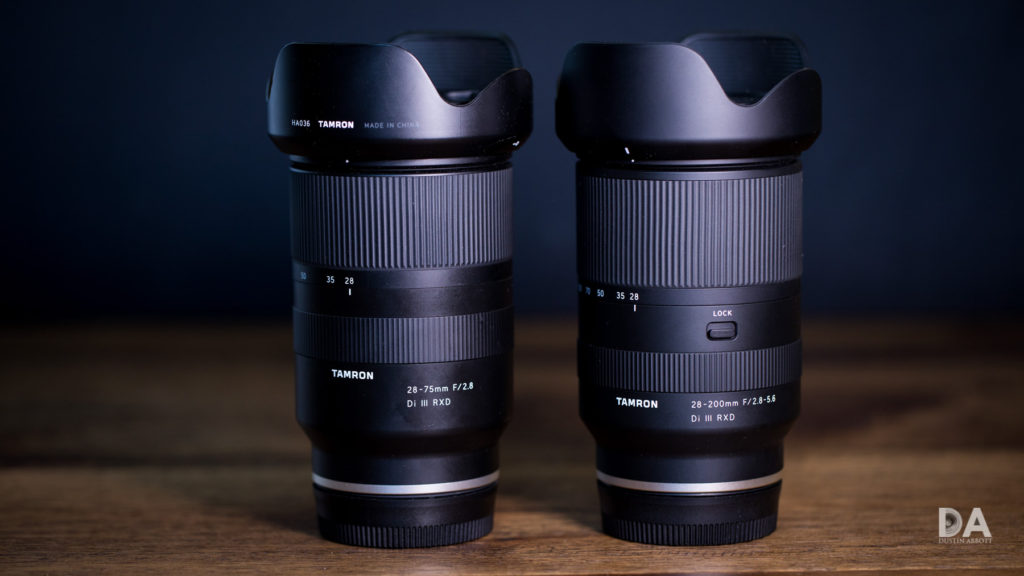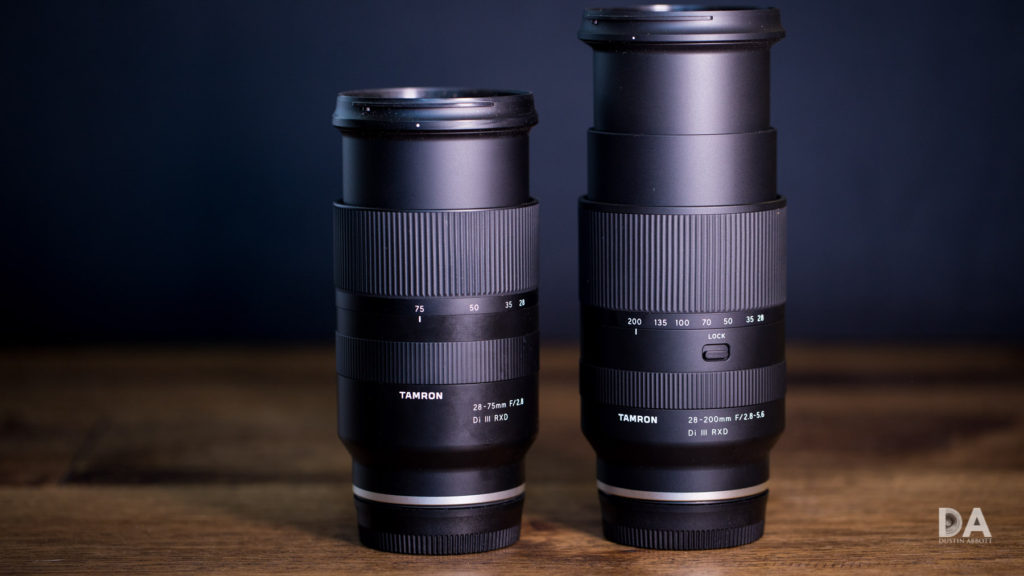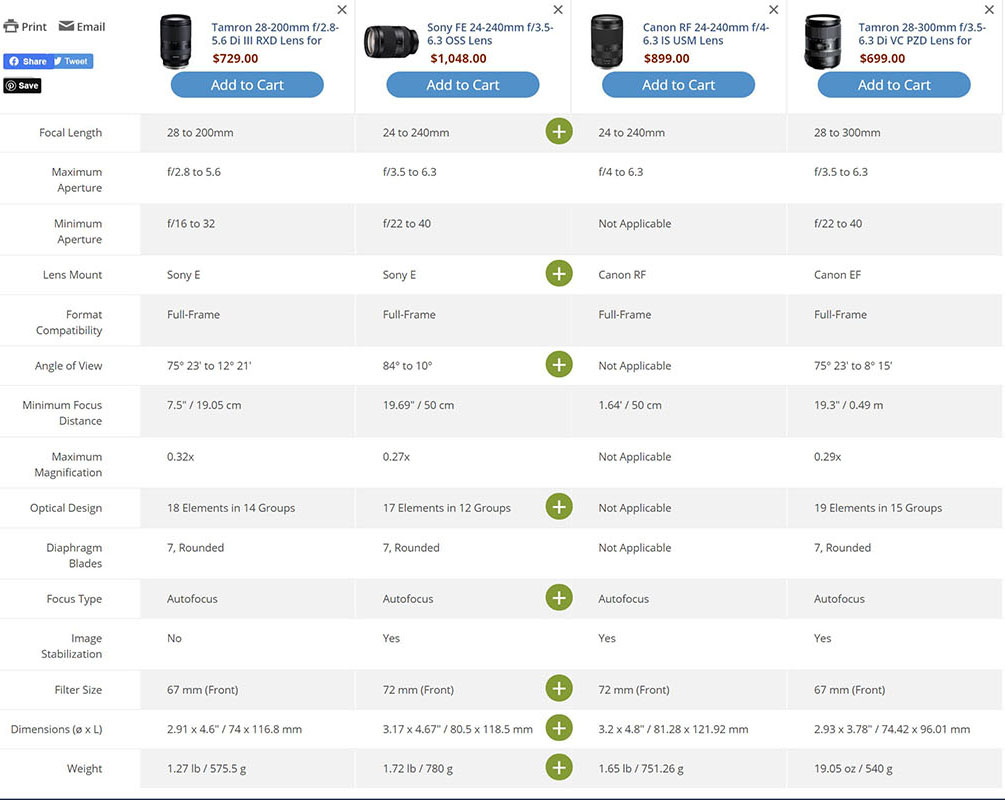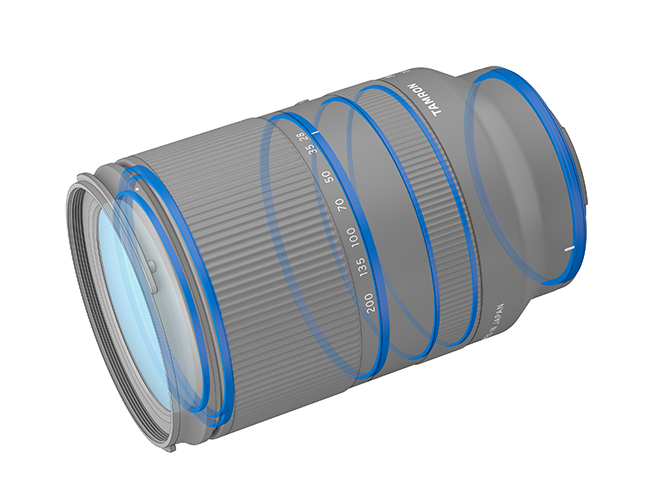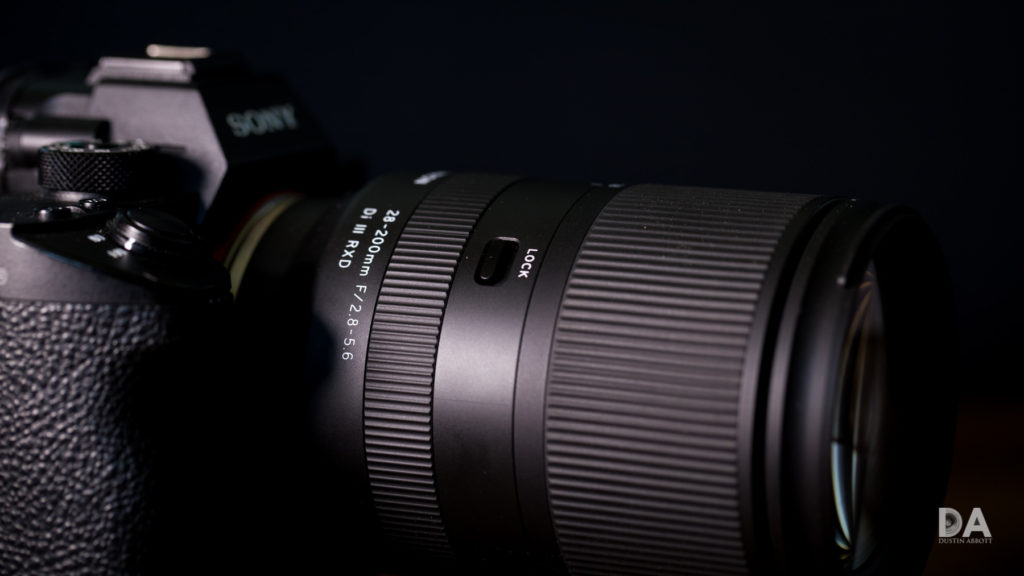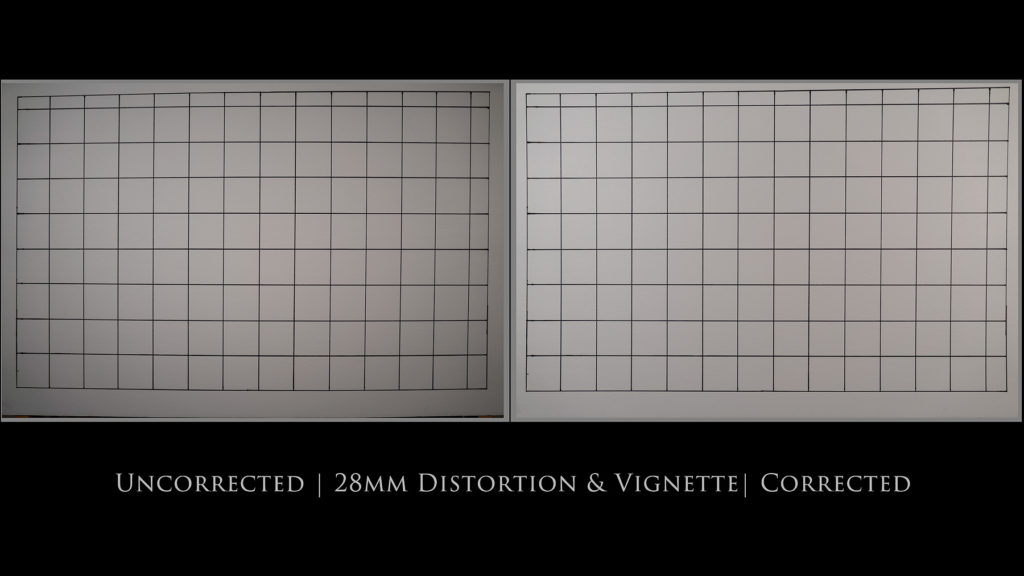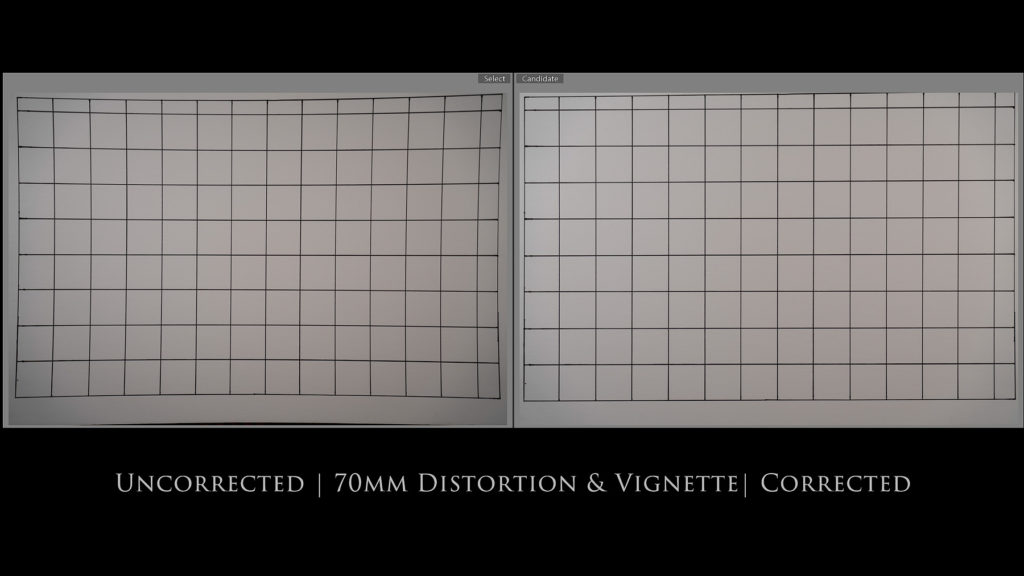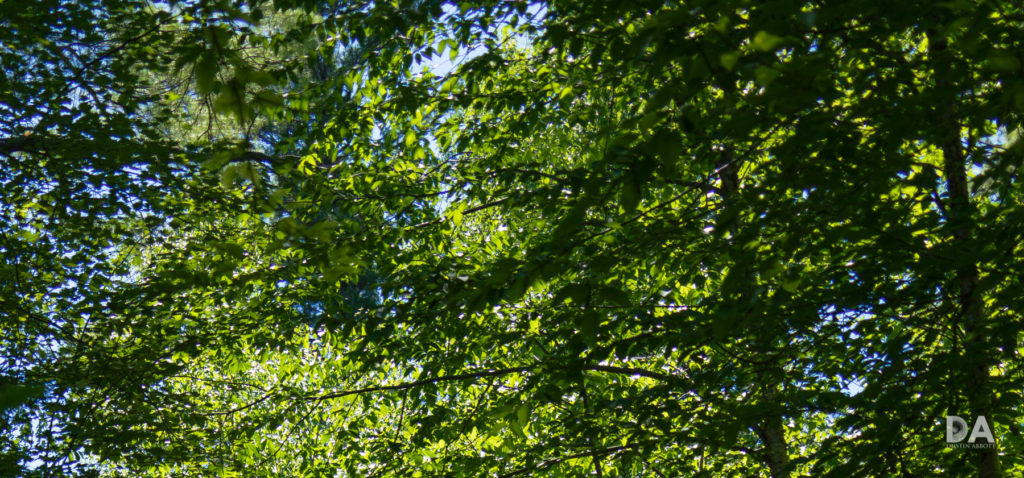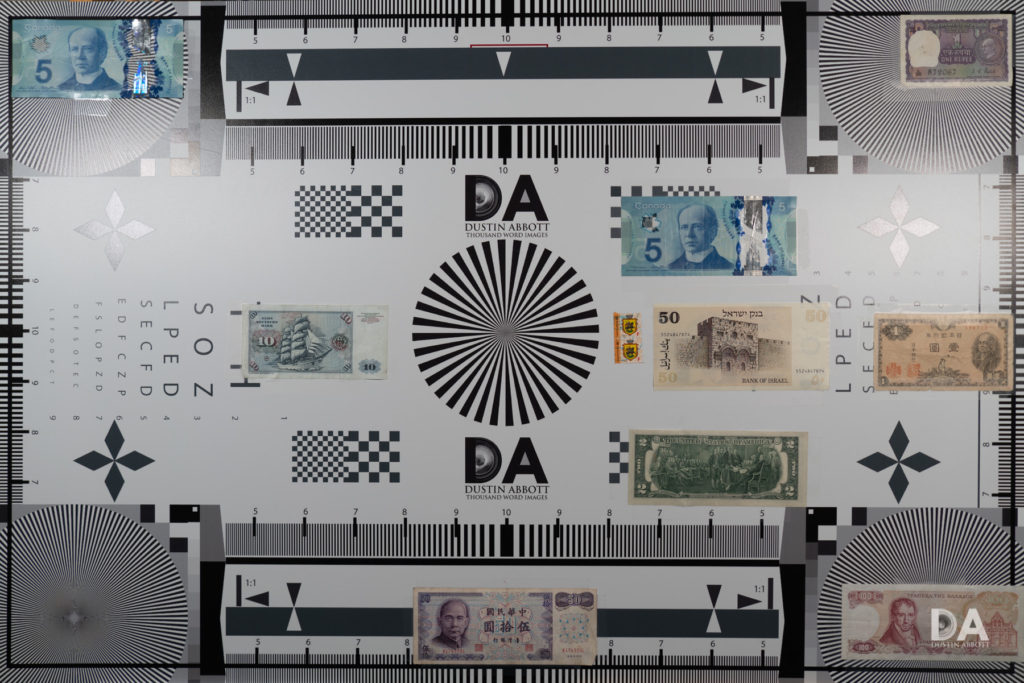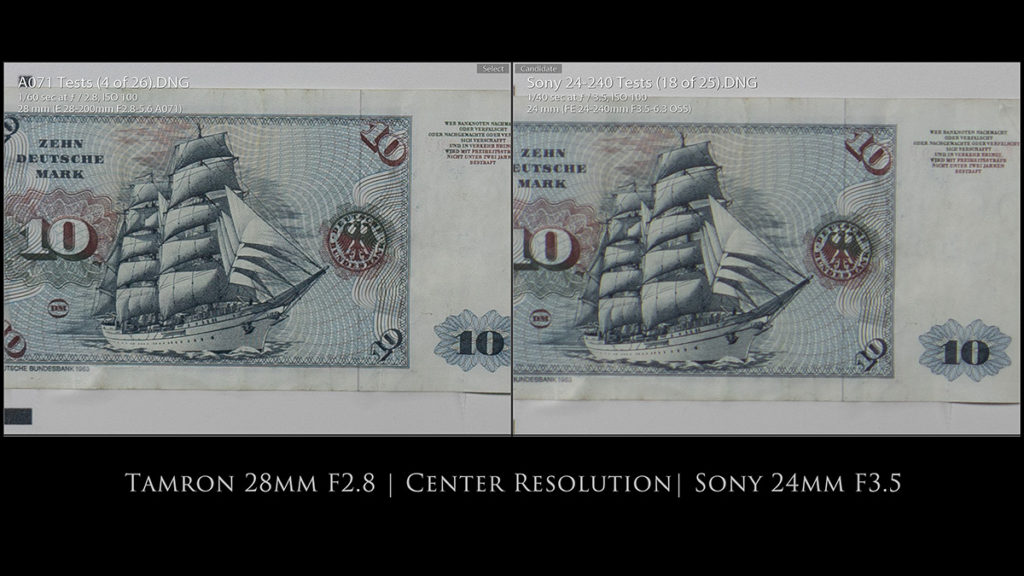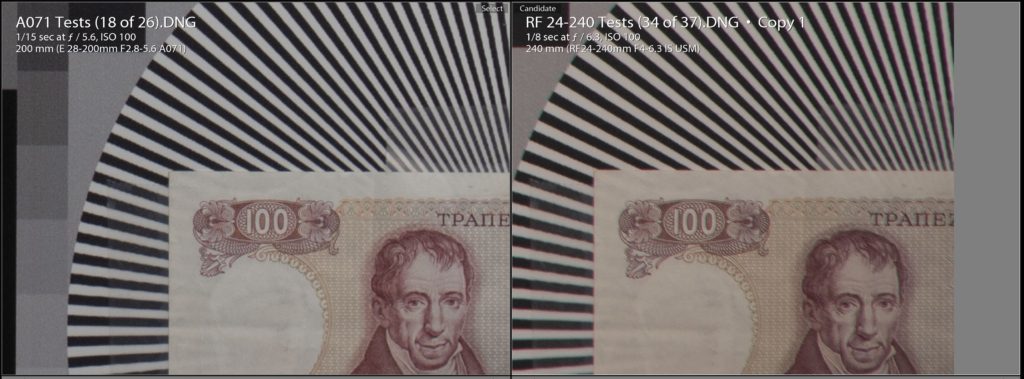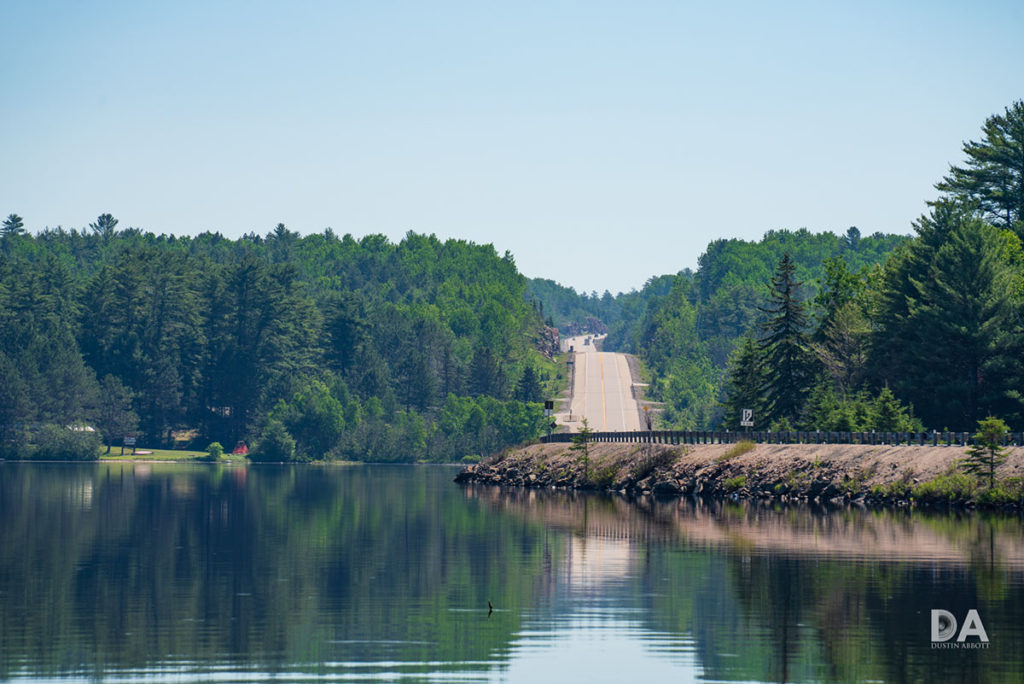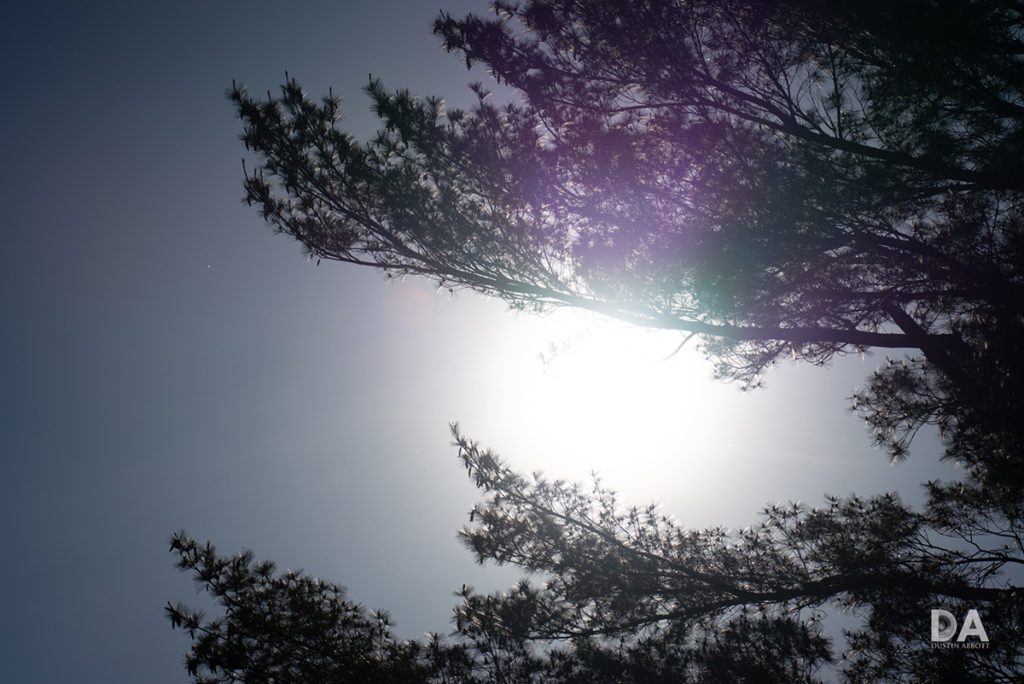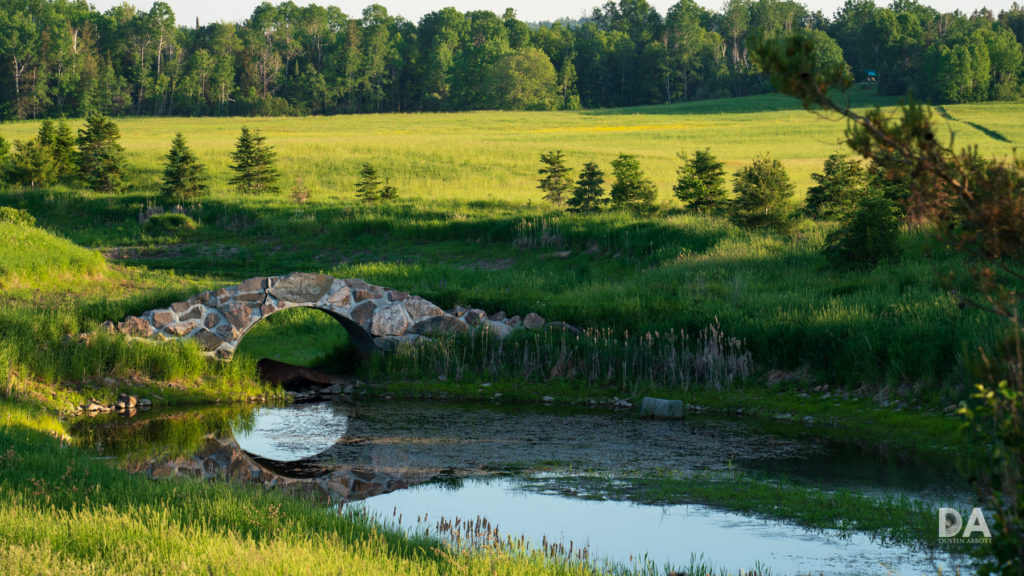All-in-one or superzoom lenses have always filled a certain niche for photographers. They are great if you don’t want to change lenses, or are traveling, or are the kind of photographer who is frustrated by not having a variety of framing options in a single lens. The downside of such lenses has always been that they involve a lot of optical compromises and produce substandard images when compared to images made with lenses with a single focal length or smaller zoom ranges. Somehow Tamron has managed to defy those odds, however, and the Tamron 28-200mm F2.8-5.6 RXD is a shockingly competent lens in many ways, providing optical and focus performance easily superior to other such lenses I’ve tested.
The A071 (Tamron’s internal code for the lens that we will use for brevity in this review) is designed specifically for Sony FE (full frame mirrorless), making the Sony 24-240mm F3.5-6.3 OSS the primary competitor, but the Tamron easily provides better image quality and a faster maximum aperture at a cheaper price, though at the cost of a reduced zoom range and without a built in stabilizer.
Being able to go from this:
to this…
…is always going to be useful. The fact that both of those shots have great color, contrast, and detail is even more useful, as photographers who have invested in a full frame camera may want the convenience of an all-in-one but aren’t interested in seriously compromising on image quality. The A071 is easily the sharpest superzoom lens that I’ve personally used, however, though there are a few compromises (there always are!) that I will explore.
A071 Build and Handling
Tamron has managed to pack a lot of lens into a body that is essentially the same size physically as the Tamron 28-75mm F2.8 RXD. The A071 is actually 1mm shorter (116.8mm vs 117.8mm) while being 1mm wider in diameter (74 vs 73mm). Both use the shared 67mm front filter thread that Tamron has adopted for all 7 of their lenses for Sony FE (kudos to them for that!!) While the two lenses look pretty much identical when retracted, the A071 extends much further when fully zoomed out. It has a second inner barrel that adds to the extension.
That extra bit of length also translates into a bit more weight, though at 575.5g (compared to 550g for the 28-75mm), the lens is still fairly lightweight. It undercuts either the Sony 24-240mm by around 200g.
Tamron has continued to employ the philosophy of choosing to be intentional about the corners they cut to achieve their priorities. They intentionally want to create compact, lightweight lenses that are optically superior and can compete on merit with more expensive alternatives. Noble goals, to be sure, as I think the importance of reasonable sizing in lenses is often overlooked. To achieve those goals, however, Tamron has elected to often truncate the focal ranges of their lenses to allow them to focus on delivering good performance over the included focal range. So, 17-28mm rather than 16-35mm, 28-75mm rather than 24-70mm, 70-180 rather than 70-200, and, in this case, they elected to trim on both ends compared to the popular 24-240mm range. Eliminating 24mm from the equation allowed them to avoid a lot of the distortion compromises that often come with going to 24mm (and deliver a stronger performance on the wide end), while capping the zoom range at 200mm allowed them to deliver better performance there than the zooms going on to 240mm allow.
I’m all for that philosophy.
There are few features on the lens itself. Tamron has prioritized the necessities, though in this case the Sony alternative has no more features. Also worth noting that in this case I actually think that the Tamron is the better built lens. The materials are roughly equal, but the Tamron has a smoother zoom action (the weight on the Sony is really heavy). Tamron has included a zoom lock while the Sony seems to rely on the heavy zoom action to prevent lens creep. And, while Sony does list the 24-240mm as being moisture and dust resistant, I cannot for the life of me actually see or feel the gasket at the lens mount. I definitely think the Tamron excels here, as we get Tamron’s nicely executed weather resistance suite, which includes a fluorine coating on the front element (essentially a replacement for a protection filter), a gasket at the lens mount, and six internal seals by my count. This is very welcome in a travel type lens where one might get caught in surprise adverse weather conditions.
Also nice are the rings and their action. The focus ring is evenly damped and is non-linear in operation. This isn’t bad for stills focus, but means that focus pulls are less repeatable unless you maintain a consistent speed. If you turn the ring faster, focus swiftly advances. Slower turning of the ring means that more rotation is required for equivalent focus. The zoom ring is wide, falls evenly to hand, and is fairly smooth in operation. The weight is a little on the heavy side, but it all turns fairly easily.
I’m less enthusiastic about the design to rely on camera stabilization rather than employing their lens stabilization here. If you use a camera with Sony’s Steadyshot (IBIS) , you get around 2.5 stops of assistance on the long end of the zoom range, which definitely falls short of the typical OSS/VC, which usually gives four stops or so. Dropping below 1/40th of a second is not going to give you consistently sharp results even with a static subject. While the applications for handholding telephoto shots at low shutter speeds are limited, and while you want to keep your shutter speeds up if you are photographing a moving subject, I do still prefer good image stabilization as a safety net.
As noted previously, the A071 is faster than its competitors in terms of aperture. The Sony 24-240mm starts at F3.5 and terminates at F6.3, while the Tamron starts at F2.8, shifts to F3.5 at 50mm, F4.5 at 100mm, and F5.6 at 150mm through 200mm. It’s fairly impressive that we don’t reach the smallest maximum aperture until 150mm, and I’ve actually been surprised at times to look through the viewfinder at 200mm and discover that I’m at F5.6 rather than the more typical F6.3 for a lens like this. This does help you in poorer lighting conditions to get a slightly better performance. It also blows away the Sony competitor. The Sony 24-240mm does start at F3.5 at 24mm, but reaches F4 by 28mm – a full stop difference from the Tamron. F4.5 is reached by only 39mm (the Tamron is F3.2), is F5 by 55mm (Tamron is F3.5), hits F5.6 by 70mm (Tamron is F4) and is at F6.3 by 103mm (where the Tamron is still F4.5). The Tamron has a full stop advantage over a good portion of the zoom range, which makes a huge difference. At 70mm, for example, the Sony might require a shutter speed of 1/100th where the Tamron would allow for a shutter speed of 1/200th with the same ISO value. The latter figure would stop action at a school play or event, for example, while the Sony would have motion blur in many shots. This is huge…and does help close the gap on the difference in the stabilizers.
Like a lot of recent Tamron lenses, the A071 has two different minimum focus distances and maximum magnification figures. At 28mm, the lens can focus down to 19.05cm (7.5″) and can produce a very high magnification figure of 0.32x (nearly one third life size). Very useful amount of magnification, though, as always, I do find composing at wide angles more complicated due to that MFD being less than three inches (8cm) from the front of the lens! Here’s what that magnification looks like:
As I’ve come to expect, however, there is a lot of field curvature here, so the sharpness profile is mostly in the center of the frame.
You’ve got more flexibility on the long end, though somewhat less magnification. MFD is a much easier 80cm (31.5″), and the resulting magnification is a still useful 0.26x. You also get a flatter plane of focus and more options for how to compose:
Sharpness and contrast here are particularly nice, leaving room for some very nice close up work.
That’s pretty lovely!
There aren’t a lot of bells and whistles here in terms of features, and the lack of OS in the lens will impact some specific photographers or videographers, but for probably 80% of people you have everything you need here, and what is here is nicely executed. Tamron has maintained a compact lens that still manages to perform well.
A071 Autofocus Performance
I was delighted to see that the A071 was shipping with Tamron’s RXD (Rapid eXtra-silent stepping Drive), as I’ve had nothing but good success with lenses so equipped. What’s interesting about Tamron’s relationship with Sony is that it seems like Tamron has actually licensed Sony’s focus technologies, so, unlike on Canon EF or Nikon F before, Tamron doesn’t have to reverse engineer focus algorithms. The performance of the RXD and VXD motors on Sony is very much a native Sony performance. I use the 28-75mm on a near-daily basis for my video work, and it’s focus consistency for tracking objects or my face is near perfect. I never worry about it.
As a result, I knew that I could expect solid focus performance from the A071, with good quietness, quickness of focus, and accuracy. And that’s what I’ve found.
I tested for video focus pulls and got great results. At 28mm, the focus pulls were the fastest and quietest that I’ve ever seen. Truly fantastic. At longer focal lengths the speed wasn’t as fast (smaller aperture + more load on the focus motor with the longer, more demanding focal lengths), but they were still very smooth, quiet, and fast. A very good performance here that is encouraging for video work. I could see this being a great, reasonably priced option for videoing events from a tripod. I’ve already considered a lens like this for our church.
An all-in-one lens with a variable maximum aperture is not going to be a true alternative to a dedicated telephoto lens like the Tamron 70-180mm F2.8 VXD, though I was pleasantly surprised in the focus system’s ability to track action in a pinch.
I also had good success in shooting portraits and getting solid Eye AF tracking and reliably focused results. All told, this is an effective focus system that, like the lens, is nice and versatile.
Tamron 28-200mm F2.8-5.6 RXD (A071) Image Quality
As already noted, a lens like this requires a number of compromises by necessity. A prime (fixed focal length) lens can focus on solving the optical challenges of one focal length. I’ve reviewed a lot of these type lenses before, and when you go in with this knowledge it quickly becomes evident where the lens engineers “picked their poison”. Something has to give. Some of them have incredibly bad barrel distortion on the wide end, terrible chromatic aberrations, or very soft image quality.
Tamron’s engineers have been pretty smart in the mirrorless space, however. They’ve elected to make most of their compromises obvious and up front, typically in the form of abbreviated zoom ranges. In this case, they’ve trimmed both the wide angle end along with the telephoto end, and while some competitors give a 10x zoom range, the A071 has just over a 7x zoom range. In the process of doing this, however, they’ve managed to achieve what is easily the best optical performance that I’ve seen from such a lens.
What we have instead is a lens that is compromised on the amount of zoom range you are getting but as a trade-off you don’t have accept nearly as many optical compromises. This is frankly a refreshing approach, as I’ve tested (and owned) some lenses where I ended up avoiding parts of their zoom ranges (often the telephoto extremes) because the image quality was so compromised there.
As is typical for such a lens, we have a fairly complex optical formula of 18 elements in 14 groups, of which 7 are special elements.
So let’s break this down, starting with distortion. The decision to not go to 24mm has allowed Tamron to have vastly reduced amounts of distortion on the wide end. There is a mild amount of barrel distortion and vignette that is fairly easy to correct.
At 200mm there is mild amount of pincushion distortion and less vignette.
This is actually a surprisingly good performance for such a significant zoom range. I really think Tamron’s choice to condense the zoom ratio has paid serious dividends here, and the comparison with the Sony shows why. You can’t correct that degree of distortion without some negative impact to image quality.
We also have relatively few compromises when it comes to chromatic aberrations. There is a minor amount of longitudinal CA at 28mm (first example below) and even less at 200mm (second example). I’ve included a crop that shows the worst case real world example that I saw in my review period, which was a mild amount of purple fringing on the high contrast points of light where the sun reflected off the water (at 28mm).
I’ve seen much worse CA on any number of prime lenses, so that’s pretty impressive. This real world example at 200mm shows not only how good sharpness is wide open (F5.6), but also how well CA is controlled on these white flowers.
I also saw only a very minor amount of lateral CA (shows up on the edges of the frame). You can see a tiny amount of purple fringing up in the leaves, but not enough to really notice unless you are looking for it on a pixel level.
Once again I’m very impressed. Distortion, vignette, and chromatic aberrations are areas where most superzoom lenses really come up short.
So how about resolution? Once again, prepare to be impressed. Here’s what the test chart looks like (this is on a 42Mpx a7RIII body):
Here are crops from across the frame. I used the upper left corner here so that you can compare the identical Canadian bill from the midframe and corner.
28mm Crops
Even at F2.8, we’ve got a strong performance across the frame. Excellent center and midframe sharpness and contrast, with somewhat reduced contrast and a little less detail in the corner (but still quite good). To get some perspective on how good this performance is, let’s compare it to the Sony 24-240mm.
VS Sony
That is a radically different result! The A071 is in a completely different class of performance. I’d personally much rather settle for great performance at 28mm than a terrible one at 24mm! The A071 is clearly in a different kind of class. When I stop it down to F8, I’ve got shots at 28mm that just pop off the screen. Take a look at the crop below.
50mm Crops
AT 50mm, the A071 is also extremely sharp, with a very strong performance across the frame. There’s a bit of drop-off of contrast and resolution in the deep corner, with some improvement there by F5.6.
If we move on to the end of the focal range the A071 delivers another performance in the center and mid-frame, with the typical drop-off in the corners. Here’s a look at the crops:
200mm Crops
Once again, to put this in perspective, we have to compare with the Sony lens. The Sony’s results are so poor by comparison that I had to recheck them and also compare to real world results. Ummm, yeah…the Tamron is that much better.
There’s an obvious advantage in the center of the frame, but the mid-frame and edge performance are so radically different that it is actually hard to believe. I’m accustomed to tiny bits of nuance in lens performance when comparing two lenses, but the differences here are just blatantly obvious.
200mm Comparison
This translates into very nice real-world sharpness for the Tamron, particularly in the zones where a tighter framing like 200mm will mostly be used. In this casual portrait, for example, you can see a lot of textures in my skin (more than I’d like to share!)
This long range landscape shot stopped down to F8 shows very nice detail as well.
It is fantastic to have such great sharpness across the zoom range, as you’ll be able to get travel or general purpose shots that won’t feel like you are seriously compromising quality for convenience.
Flare resistance is reasonably good as well, with nothing ugly rearing its head during my review period. Colors are accurate and nicely rendered as well.
There is really only one area of optical performance where I have any criticism, and that is in the bokeh. There are some situations where the bokeh isn’t bad. These tend to be the situations where subject is fairly close and the background is some distance away. It’s also the situations where there aren’t any bright highlights. I think these shots look fairly good:
But things are less pleasing if there are bright circular highlights in the frame, as you’ll see some pronounced concentric circles. This is pretty common for this type of lens, but Tamron raised the bar so much in other areas that it raised my expectations.
All in all, it’s not hard to get surprisingly good photos with this flexible tool. It’s one major weakness can be avoided by not shooting those type shots with it, but the lens feels like it will be very good for most of the type of photos one might shoot while traveling.
Conclusion
I’ve frequently noted in these types of reviews that every zoom lens involves compromises, and that is far truer for a superzoom lens (pretty much anything greater than a 4x zoom ratio). Trying to pack both wide angle and telephoto performance into a single lens is very challenging, and that’s doubly true if you are also trying to keep the lens compact. So the engineers choose what to compromise. Maybe it will be strong distortion, heavy vignette, or high levels of uncorrected aberrations. Perhaps it will be less sharpness and acuity in certain parts of the zoom range. The Tamron 28-200mm F2.8-5.6 RXD (A071) does have some compromises, but most of them can be seen at face value. These include an abbreviated zoom range relative to competitors and a lack of a built-in image stabilizer. An unseen compromise is a less-than-pleasing bokeh in certain situations.
But by intentionally choosing these visible compromises, Tamron has managed to deliver a lens with surprisingly few optical compromises. The lens has a reasonably nice build (including weather sealing), very fast and accurate autofocus, and a very strong optical performance across the zoom range. It also has low levels of distortion and aberrations while also delivering faster maximum apertures than competing lenses. It is able to produce far sharper images than what experience led me to suspect.
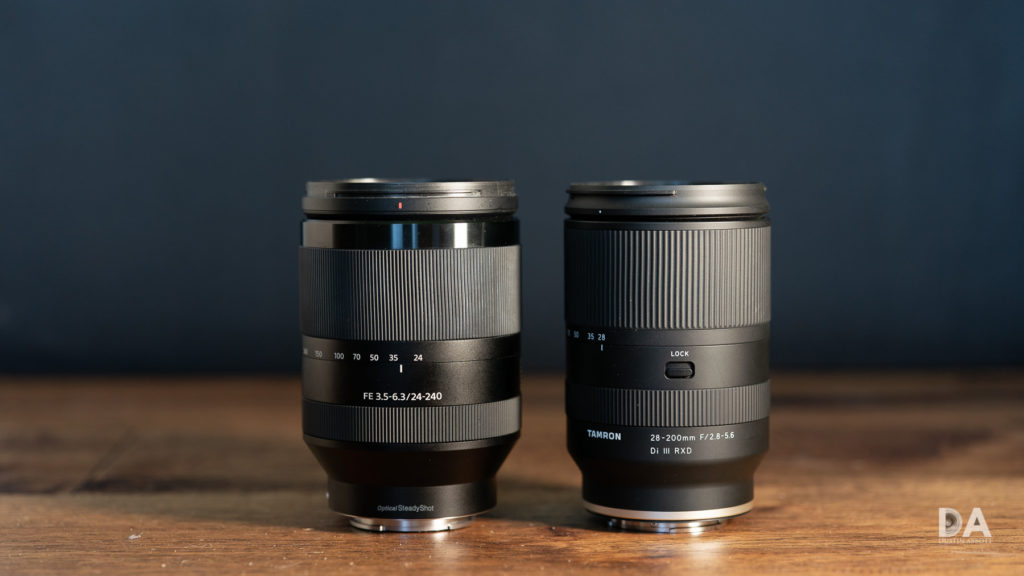
So while an all-in-one lens like the A071 is a jack-of-all trades, it is a slightly more masterful lens than most of its kind, which makes it a very welcome addition to the Sony FE platform as the preferred option for a one-lens or travel solution. It’s moderate price of $1049 places it well under the $1459 that the Sony 24-240mm OS goes for, and, while that lens does add built-in stabilizer, the Tamron remains the preferred choice for those who value performance.
So if you’re looking for a lens for that next big trip, or if you have a family and want to capture every moment, the Tamron 28-200mm RXD is competent enough to be a worthy consideration for your next lens purchase…particularly if you don’t like changing lenses!
About the Author
Dustin Abbott is a professional photographer and photography gear reviewer based in Ontario, Canada. His reviews for his website and YouTube channel are viewed around the world. www.dustinabbott.net



